
Elementary, my dear Watson. It’s a mystery!
While there are many who hold that the detective story owes its origins to the writing of Edgar Allen Poe, there can be no doubt that Sherlock Holmes, the most famous of investigators, contributed to the genre’s popularity. There are, actually, uncountable numbers of characters that imitate or, to be more generous, are inspired by the legendary deductive genius. From priests obsessed by investigations to globetrotting, older female writers, plus the habitués of provincial bars in the middle of nowhere, the popularity of the genre never seems to fluctuate. In French-speaking countries this genre is known as polar or police procedural and in Anglo-Saxon environments as mystery or crime. In Italy it is known by the name of a colour, giallo (yellow) ever since a brilliant marketing campaign by publisher Mondadori launched the first series of investigative novels in 1929 with an entirely yellow book cover.
Print itinerary